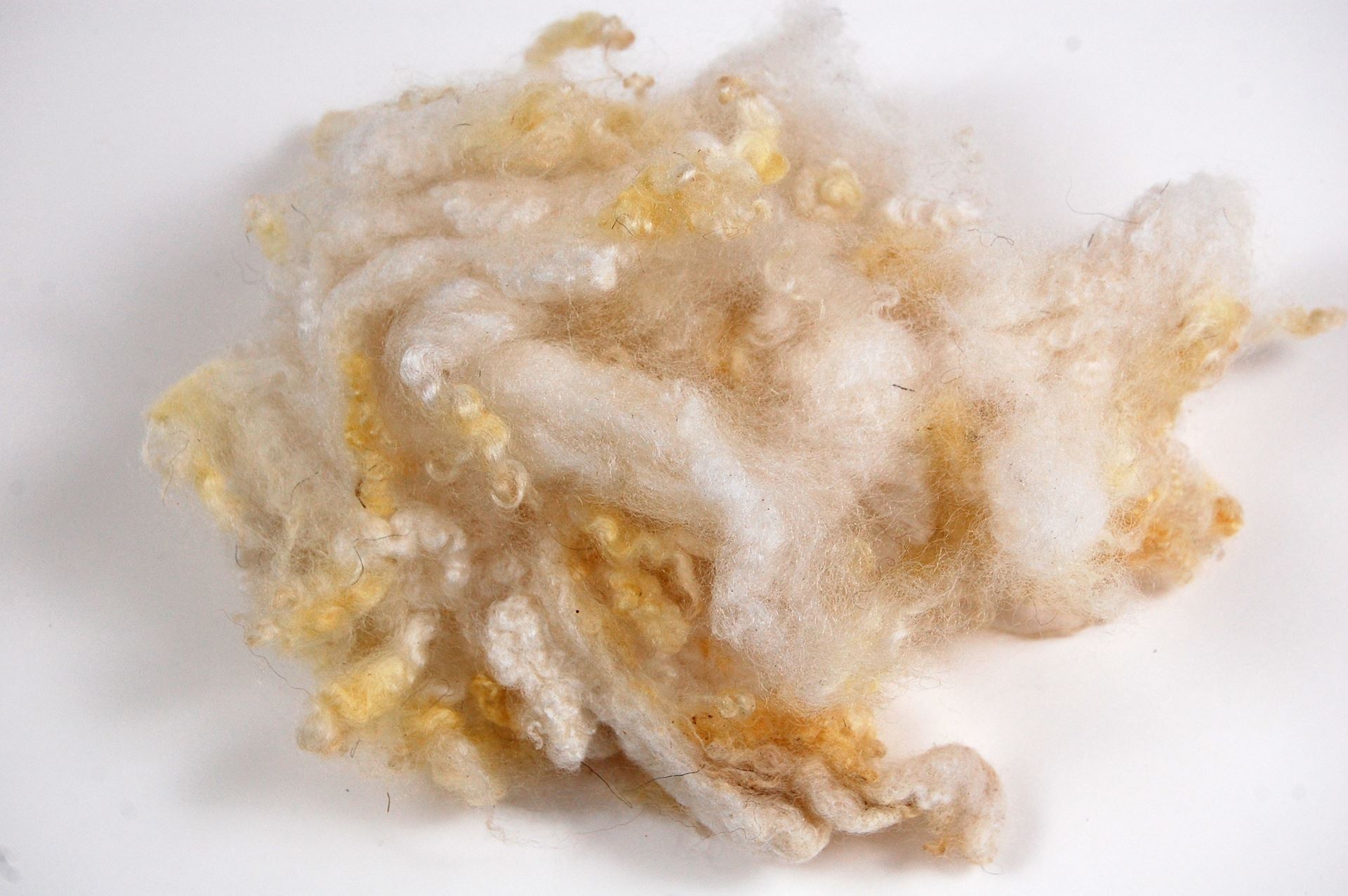This page summaries the work of the Local Cloth Spinning Study group from its inception September 2020 to the present continuing via monthly meetings. Eventually, we plan to produce a booklet detailing information on fiber obtained from farmers and producers within our Blue Ridge Fibershed. Updated last: Feb 2021
Below are snapshots of fibers spun at study group sessions since September 2020 to jog our memories and so that others can see our starting materials.
- I hope to add photos of finished yarn down the road from the participants!
- Please see the blog entitled Local Cloth, Fiber Farmers for more details on many of the fibers and where they were obtained.
For the study, fiber samples are transported to Echoview Fiber Mill where various characteristics are measured.
- Here is a link to a glossary of measurements made of our study fibers using the OFDA system at Echoview Fiber Mill.
- In particular, fibers with a comfort factor (CF) of at least 95% are best for for clothing worn next to the skin, such as scarves. This means that 95% of the fibers have a measurement of 30 micrometer (abbreviated μm) diameter or less. For comparison, a human hair is between 17 μm to 181 μm.
- To see a wool fiber at the cellular level click here with indications of how the structures in a fiber contribute to the fiber's overall properties, from Woolmark.
Summary of Fiber Characteristics
- Listed below are the study group fibers listed by month with comfort factor, fiber diameter, and staple length data that is most relevant to spinners.
- Link to the Excel file for this data (Sept 2020- Mar 2021). This chart and the reproduction below will be updated periodically.
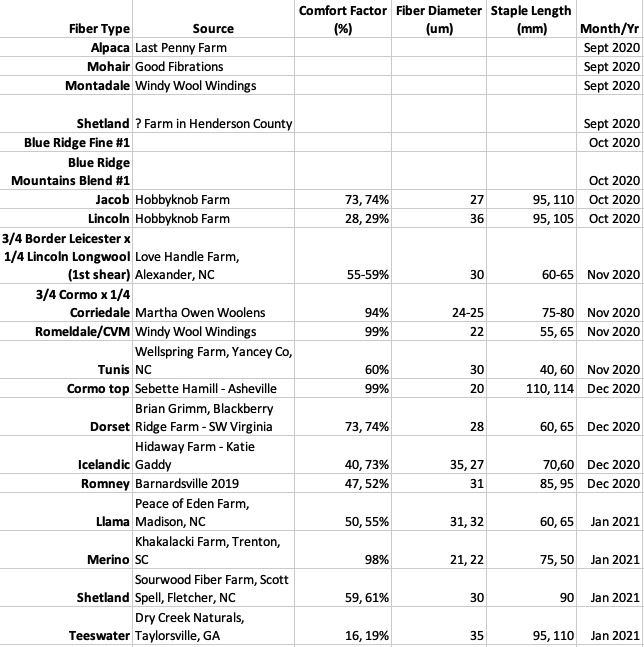

For reference, links to the actual data from Echoview Fiber Mill are listed below.
September 2020
Alpaca from Last Penny Farm

Montadale from Windy Wool Windings

Mohair from Good Fibrations

Shetland from a farm in Henderson County

![]() October 2020
October 2020
Blue Ridge Fine #1 from Local Cloth

Blue Ridge Blend #1 from Local Cloth (at top)
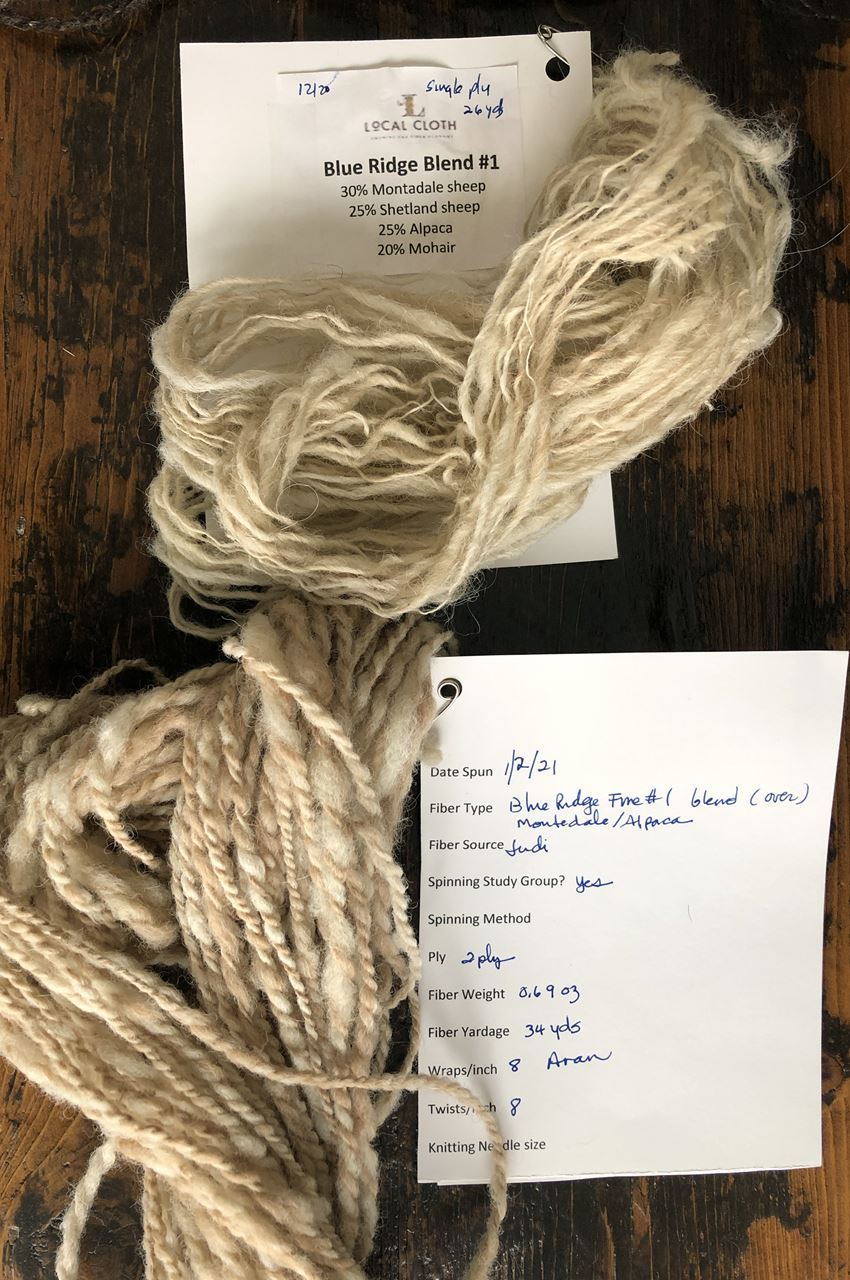
Jacob from Hobbyknob Farm
(CF = 73.3%, 74.2%; Micron 27, 27.1)
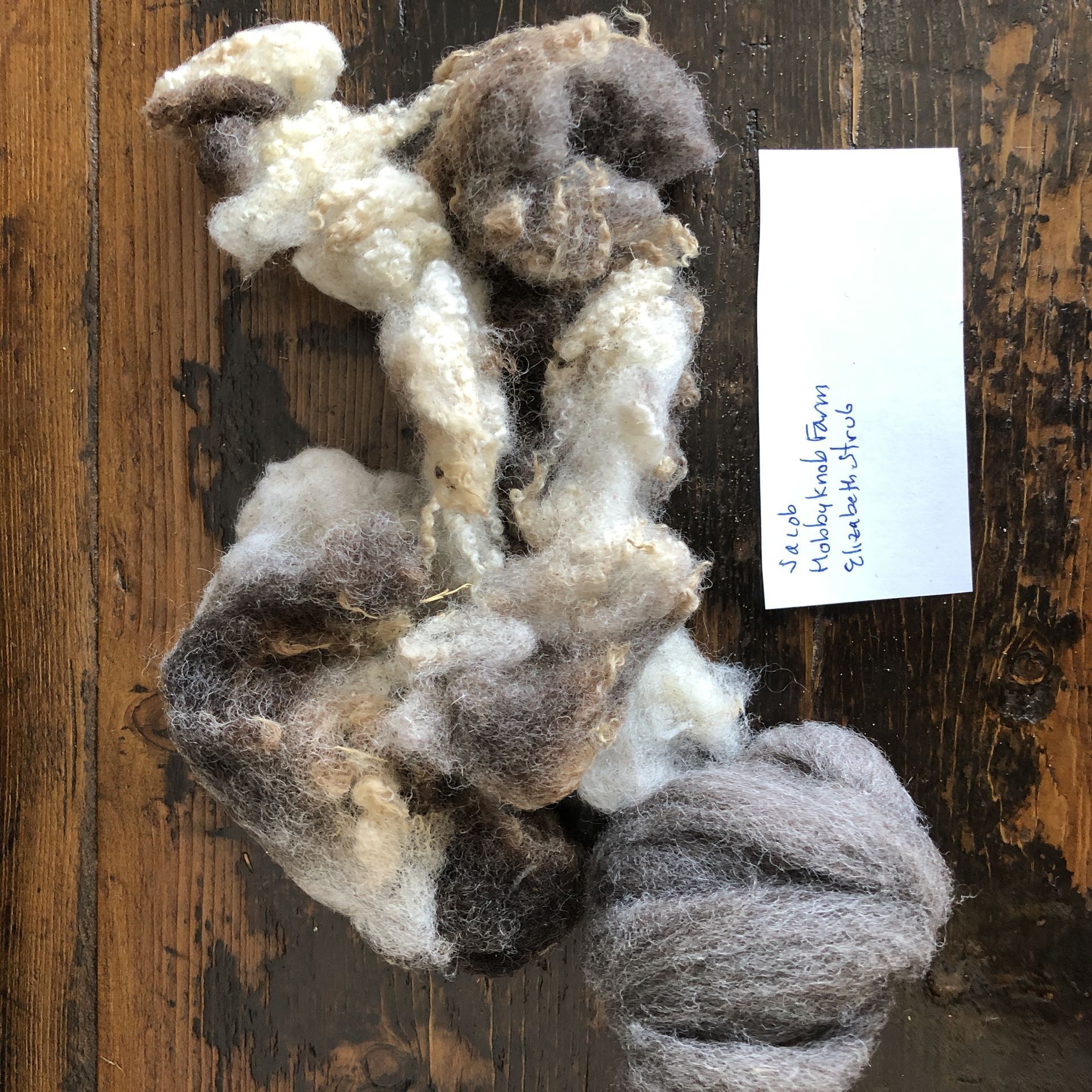
Lincoln from Hobbyknob Farm
(CF 28.8%, 28.2%; Micron 36.3, 36.1)
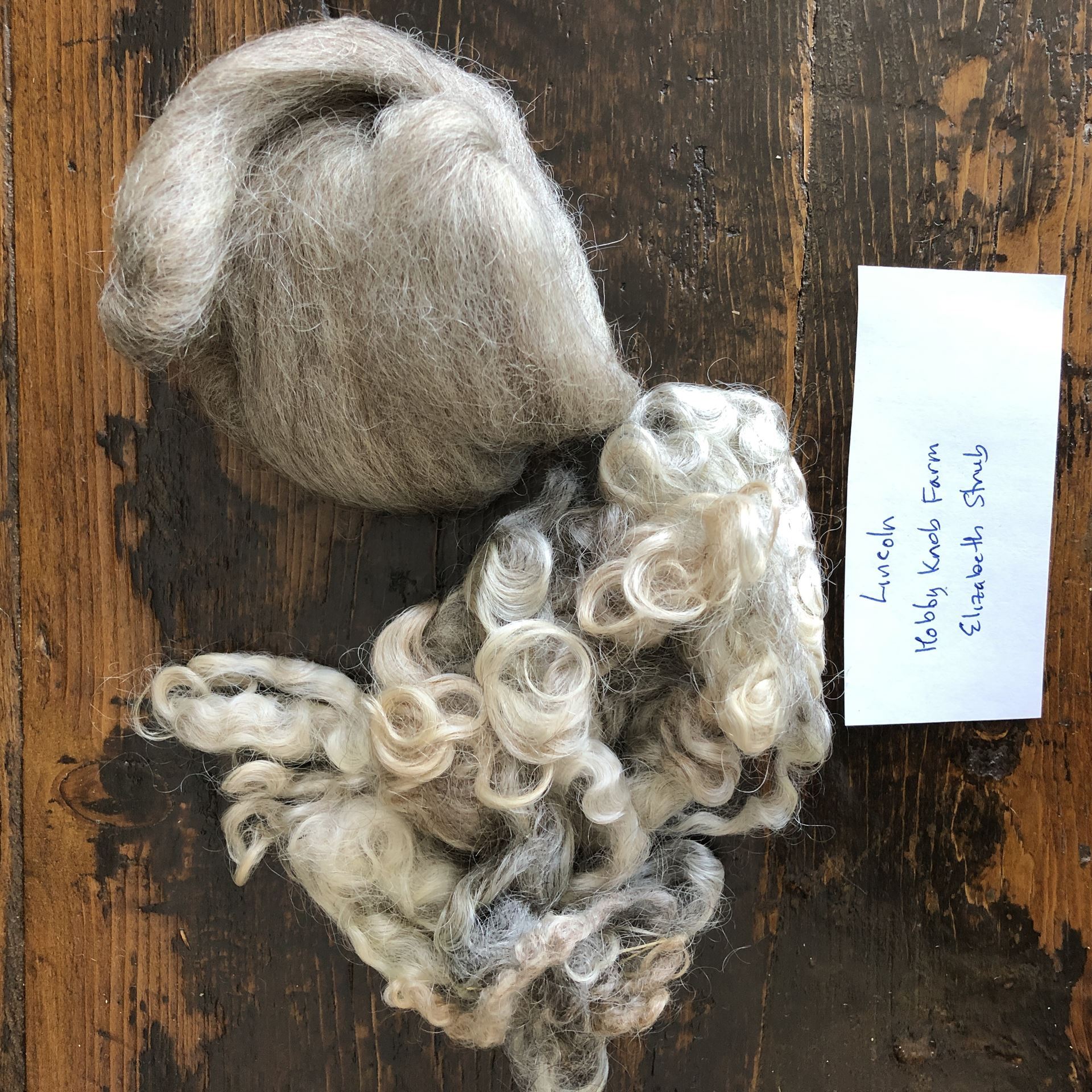
![]()
November 2020
3/4 Blue Faced (Border?) Leicester x 1/4 Leicester Longwool (first shear) from Love Handle Farm
(CF= 54.9%, 59.4; Micron 30.0, 29.3)
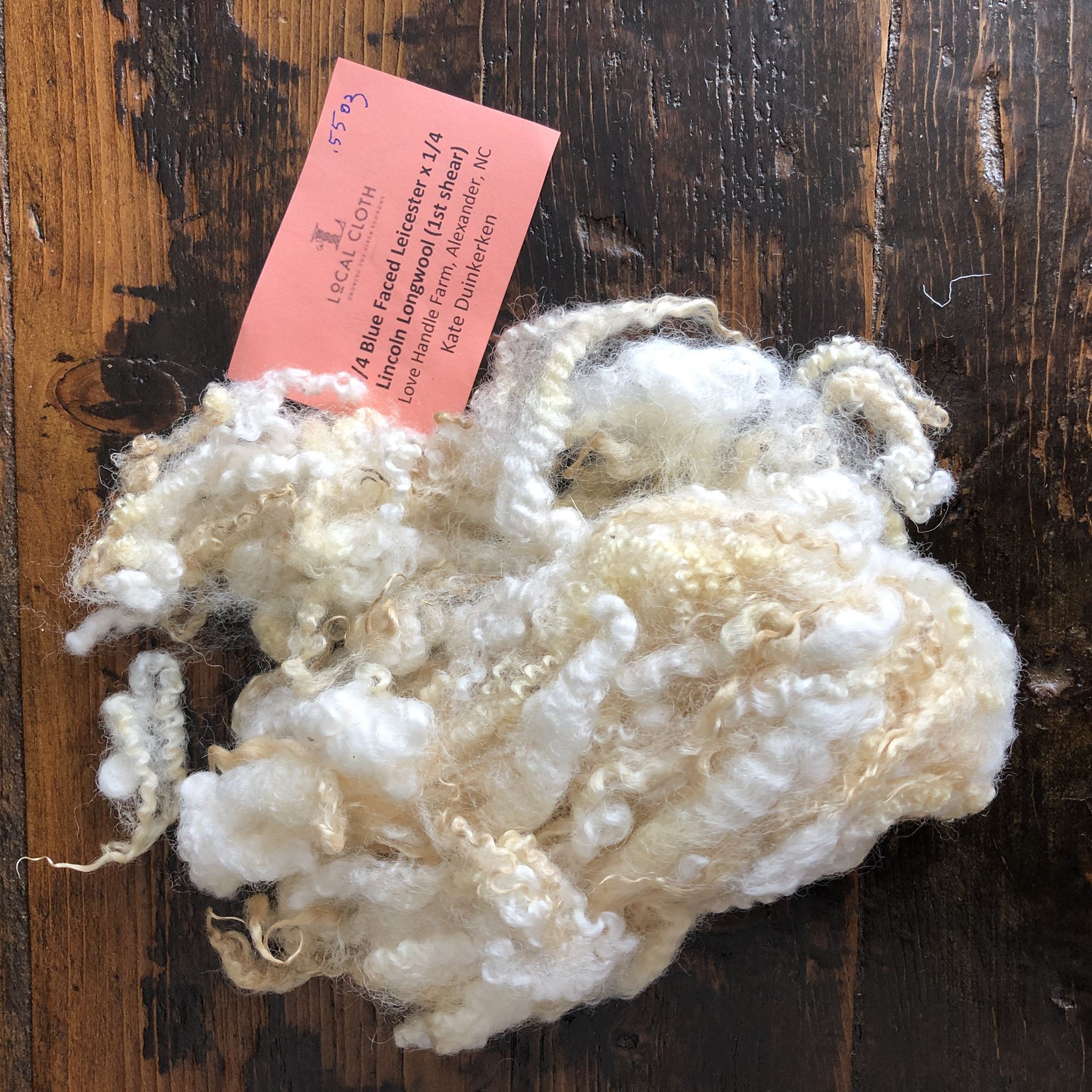
3/4 Cormo x 1/4 Corriedale from Martha Owen Woolens
(CF= 93.5, 94.1; Micron 25.8, 25.2)
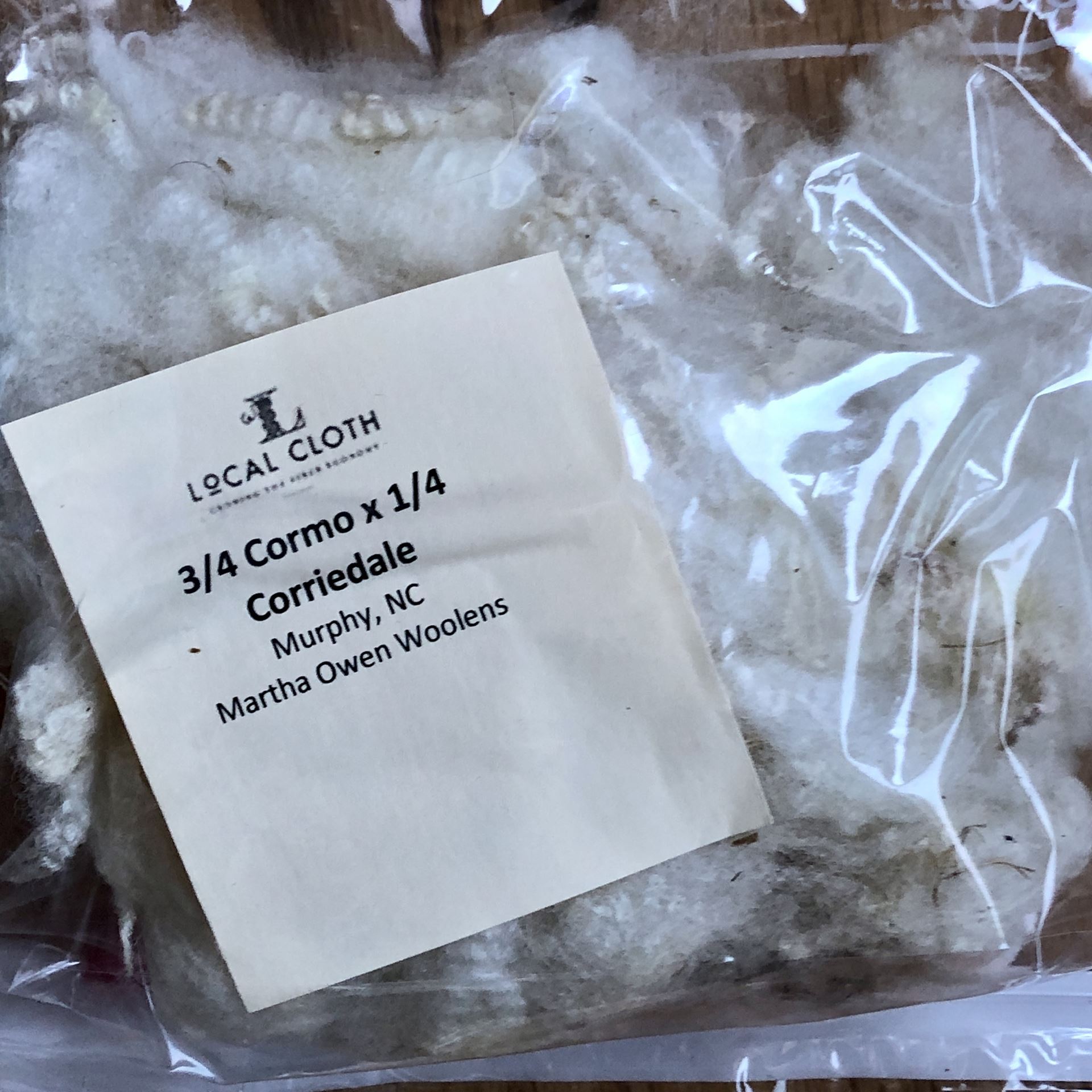

Romeldale CVM from Windy Wool Windings
(CF= 99.2%, 99.4%; Micron 22.2, 22.3)

Tunis (Tebo Tete) from Wellspring Farm
(CF= 59.7%, 60.4%; Micron 29.6, 29.5)

 December 2020
December 2020
Cormo from Sebette Hamil of Wooly Ridge Farm
(CF= 99.1%, 99.2%; Micron 20.3, 20.5)
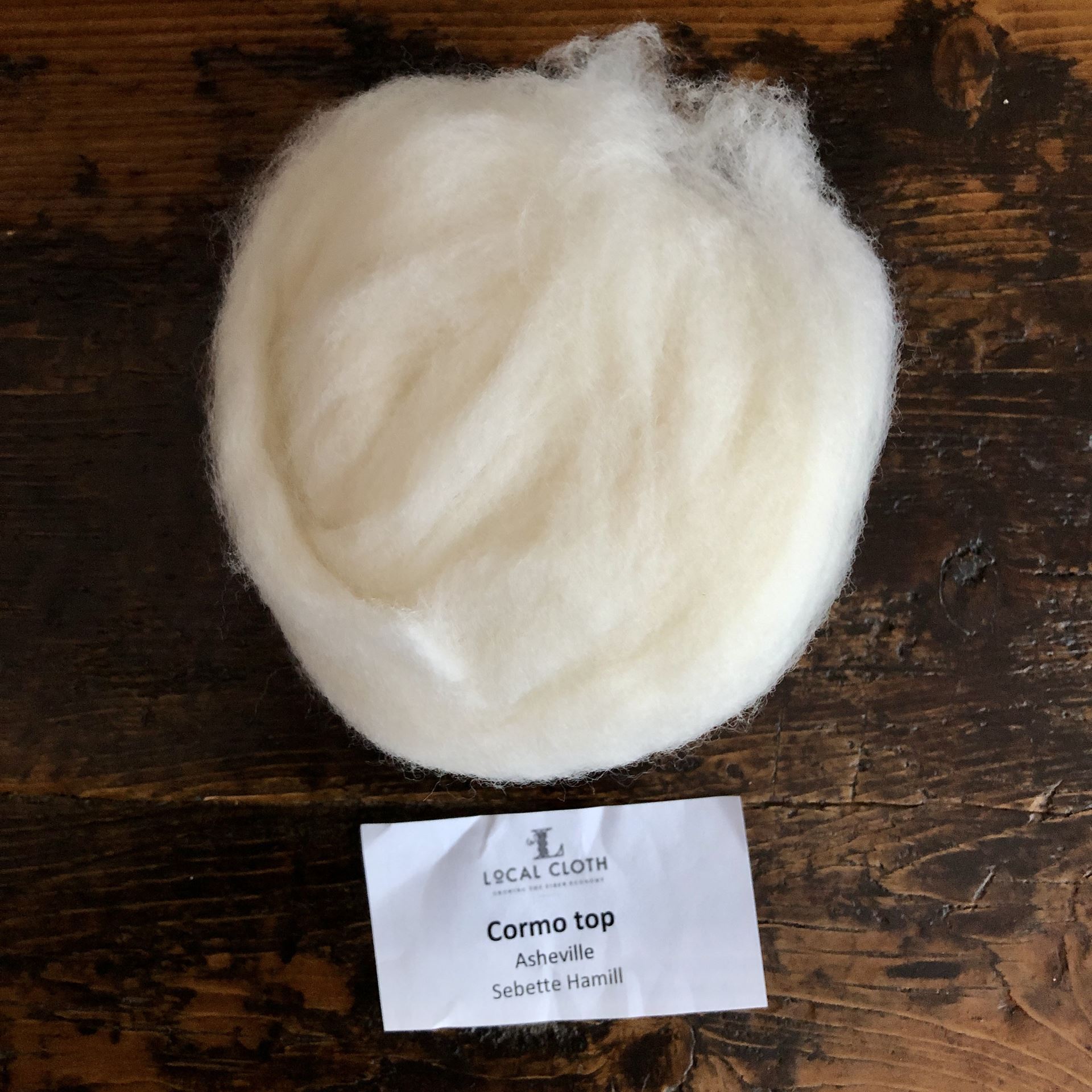
Dorset from Brian Grimm of Blackberry Ridge
(CF= 73.4%, 74.1%; Micron 28.0, 27.7%)
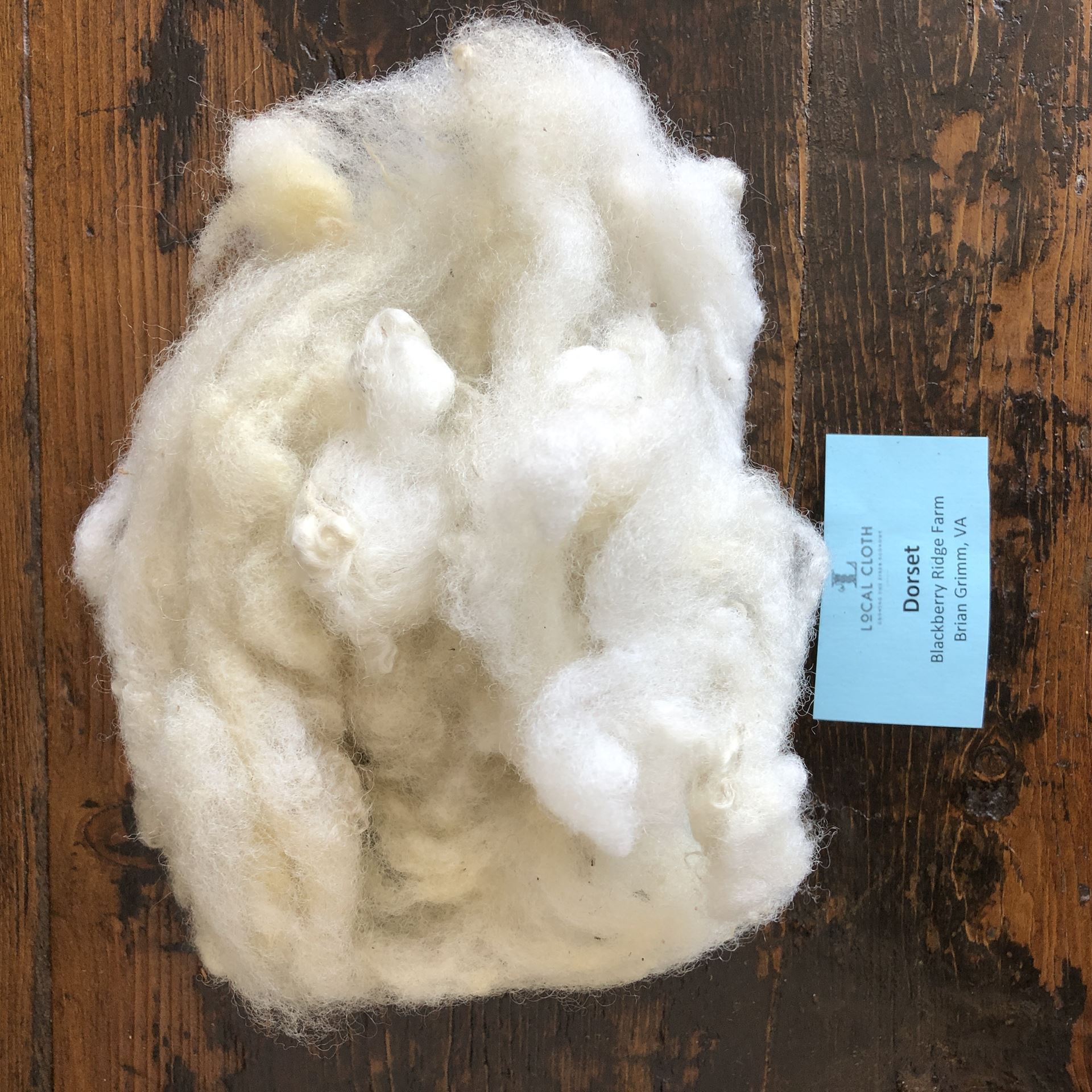
Icelandic from Katie Gaddy of Hidaway Farm
(CF= 40.1%, 73.7%; Micron 34.8, 26.9)

Romney from Barnardsville 2019
(CF= 51.8%, 47.3%; Micron 30.5, 31.0)

January 2021
Llama from Peace of Eden Farm
(CF= 50%, 55.3%; Micron 31.9, 30.8)
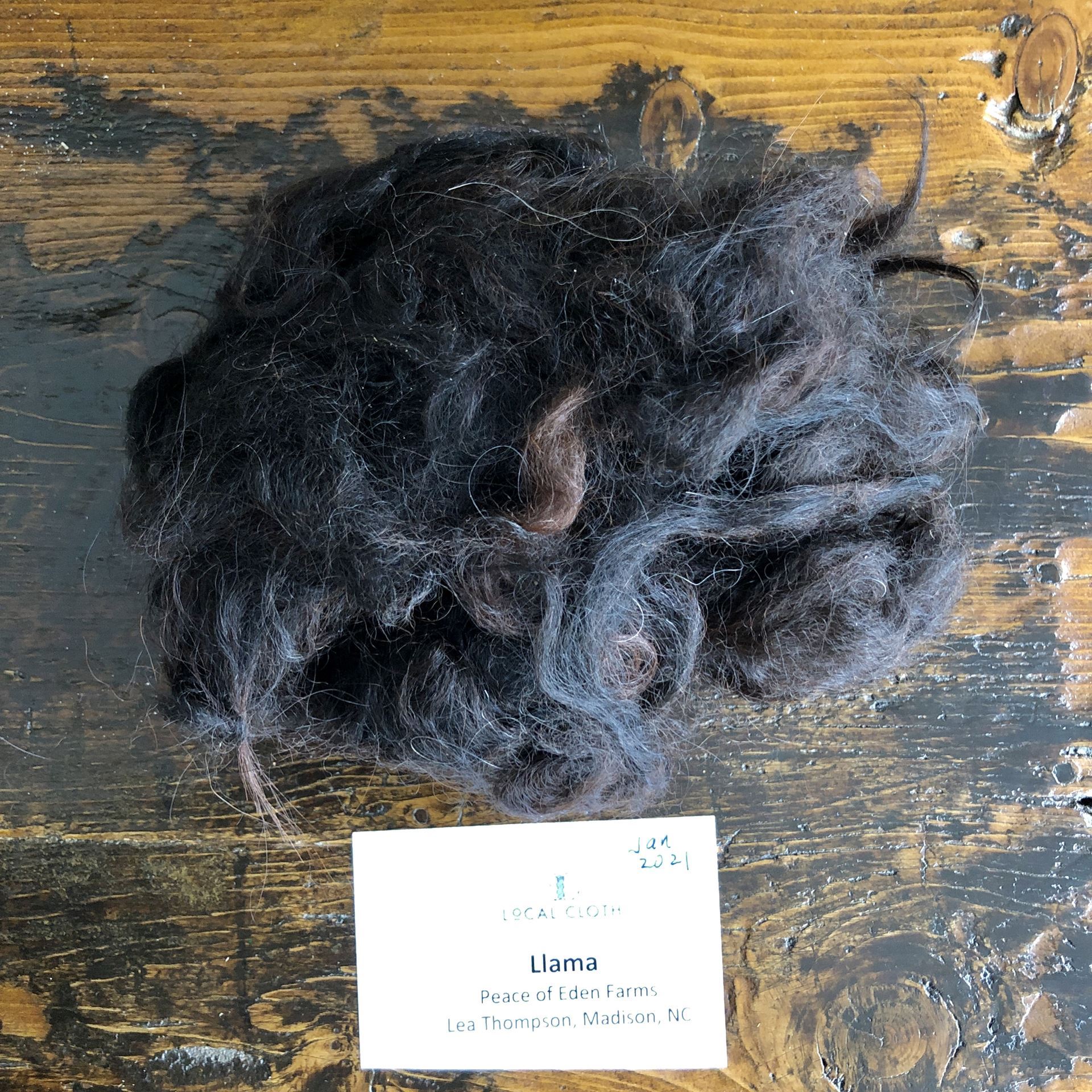
Merino from Khakalaki Farm
(CF= 97.6%, 97.9%; Micron 21.1, 22.0)
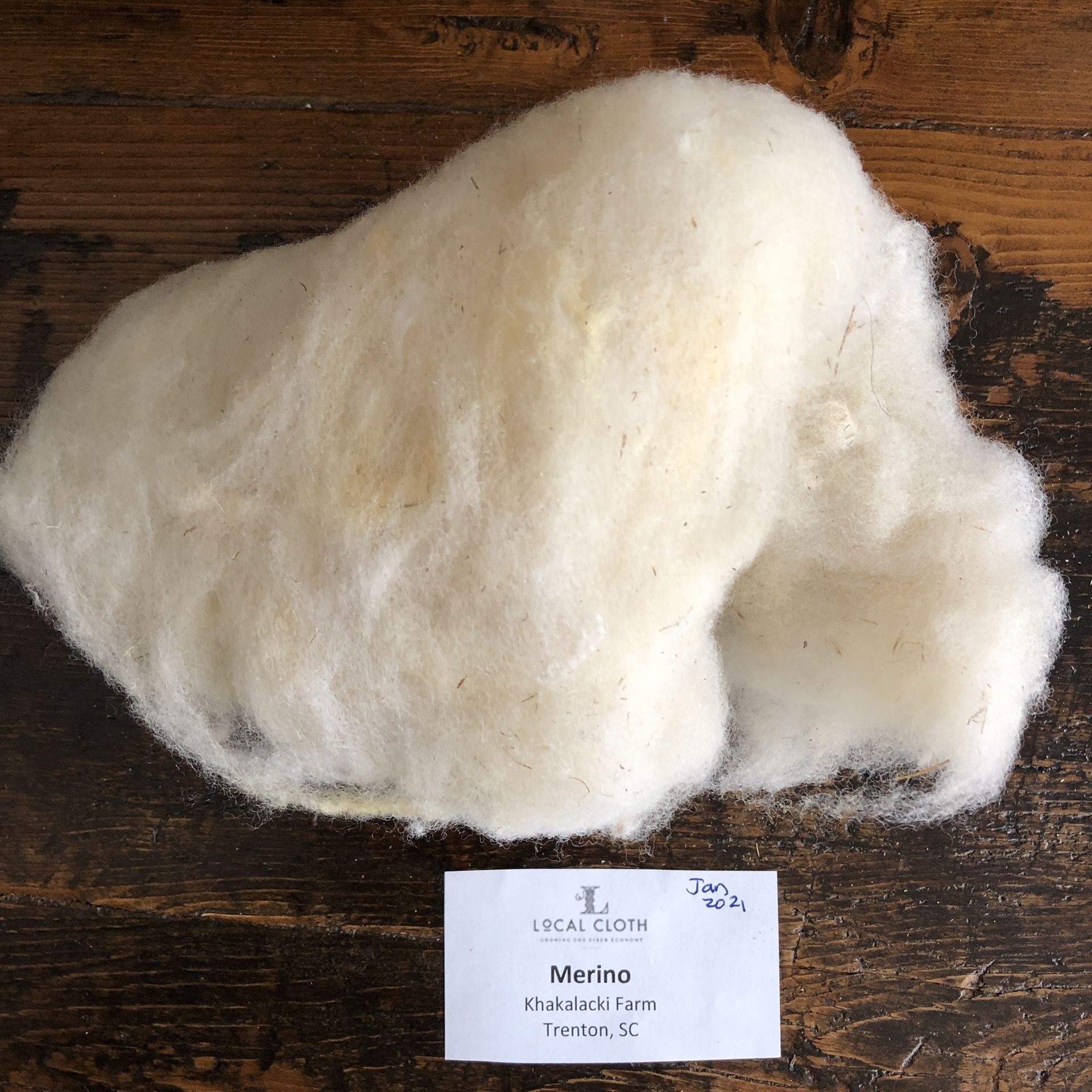
Black Shetland from Sourwood Fiber Farm
(CF= 61.0%, 59.0%; Micron 29.5, 30.0)

Teeswater from Dry Creek Naturals
(CF= 18.6%, 15.6%; Micron 34.9, 35.0)

Hand Spun Teeswater at Dry Creek Naturals

 February 2021
February 2021
Border Leicester from HobbyKnob Farm
(CF= 40%, 43%; Micron 31, 32)
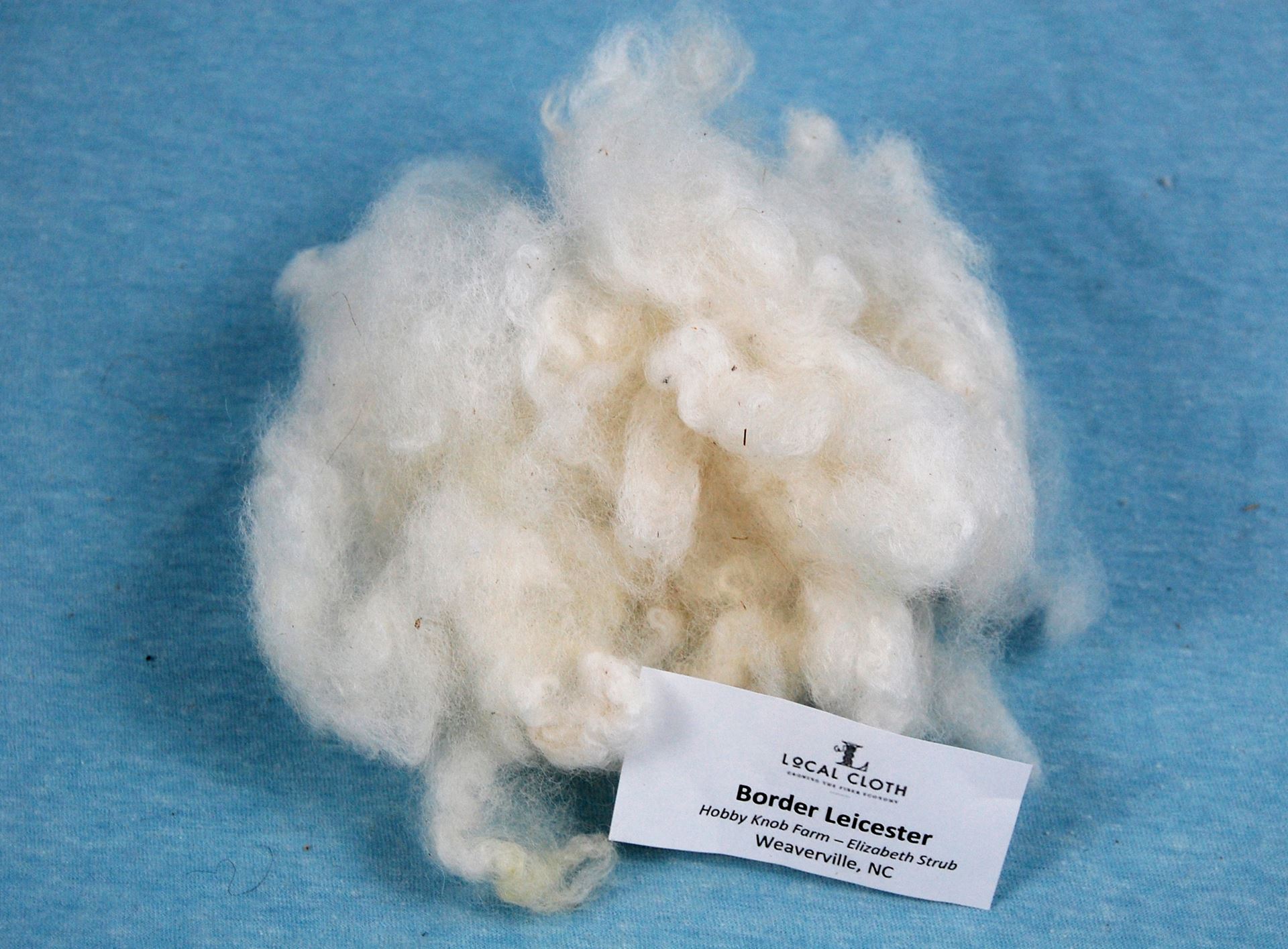
Icelandic from Hand and Horn, Caroline Williford
(CF= 30%, 71.7; Micron 27, 39)

Merino from Wellspring Farm
(CF= 100%; Micron 17)
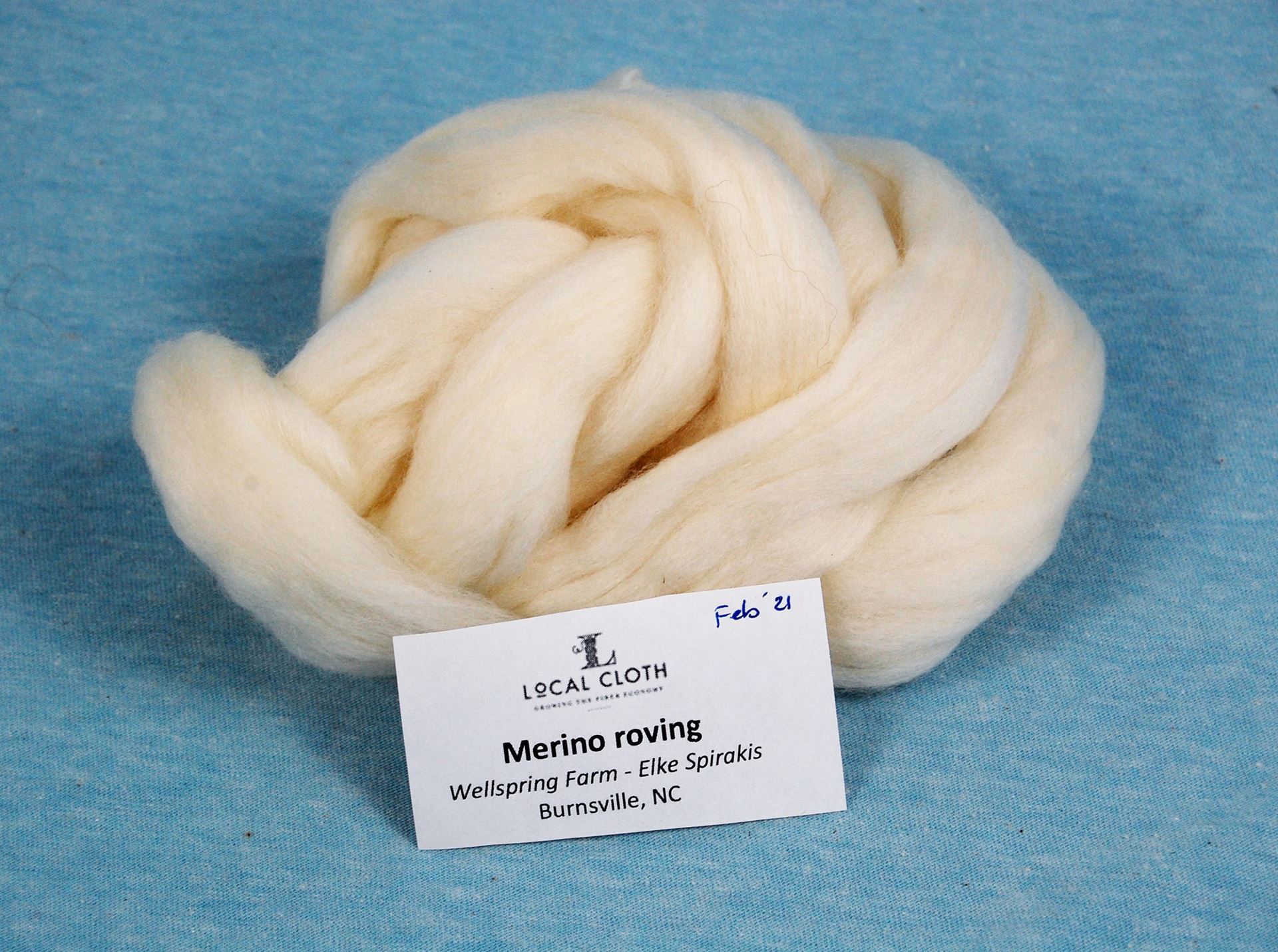
Mohair from Out-In-Jupiter
(CF= 72%; Micron 28)
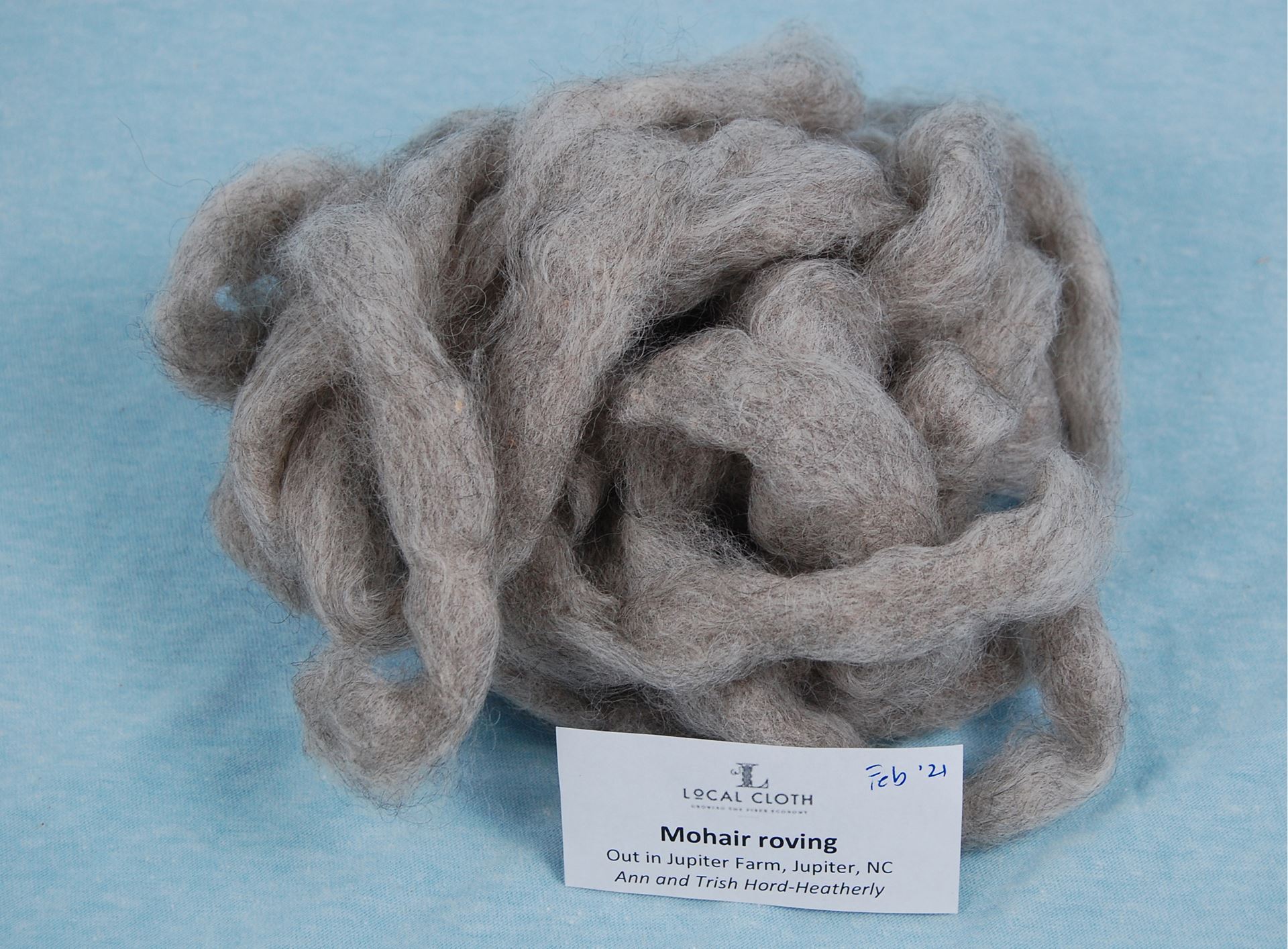
March 2021
Finn
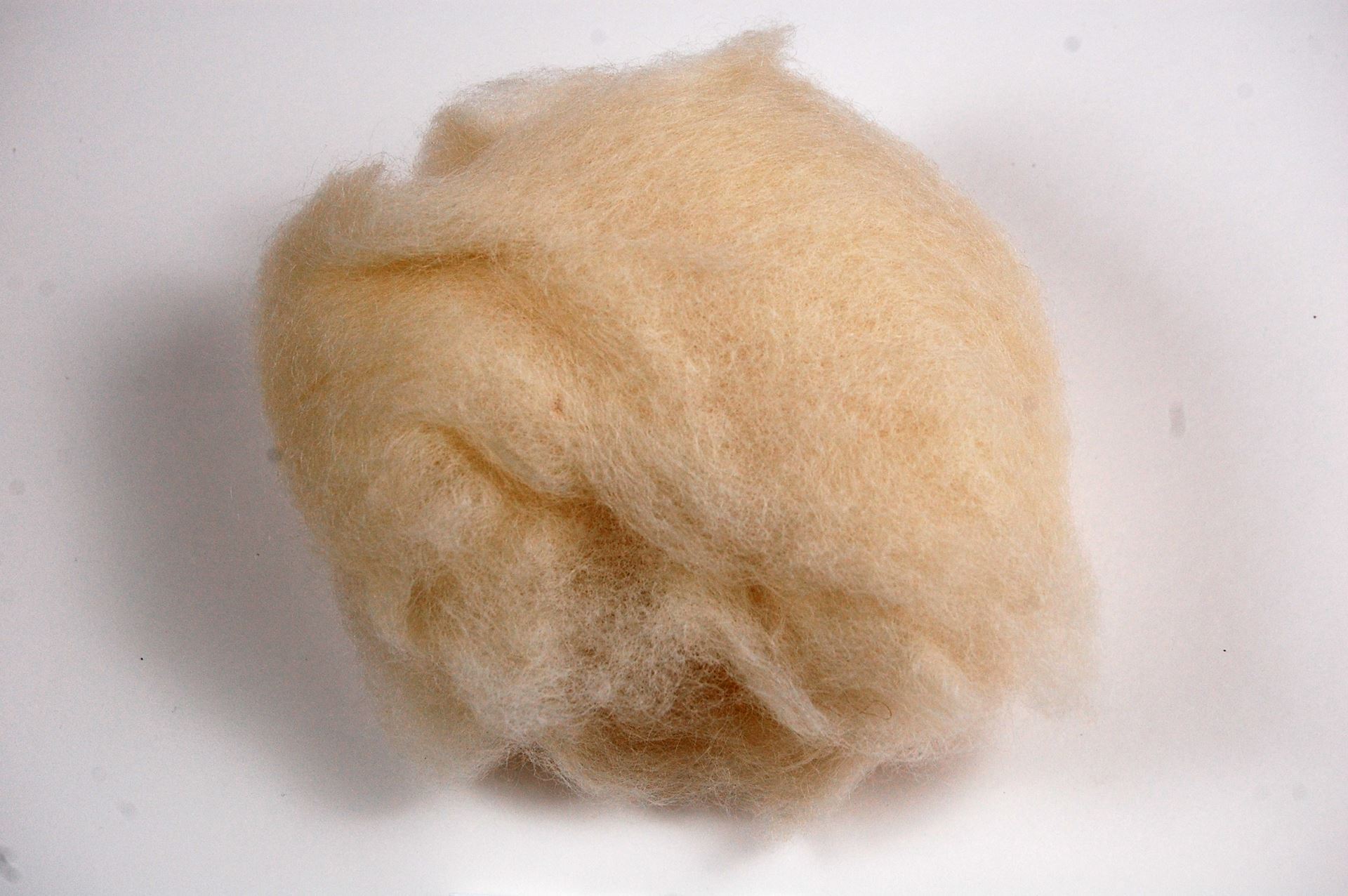
Gulf Coast Native
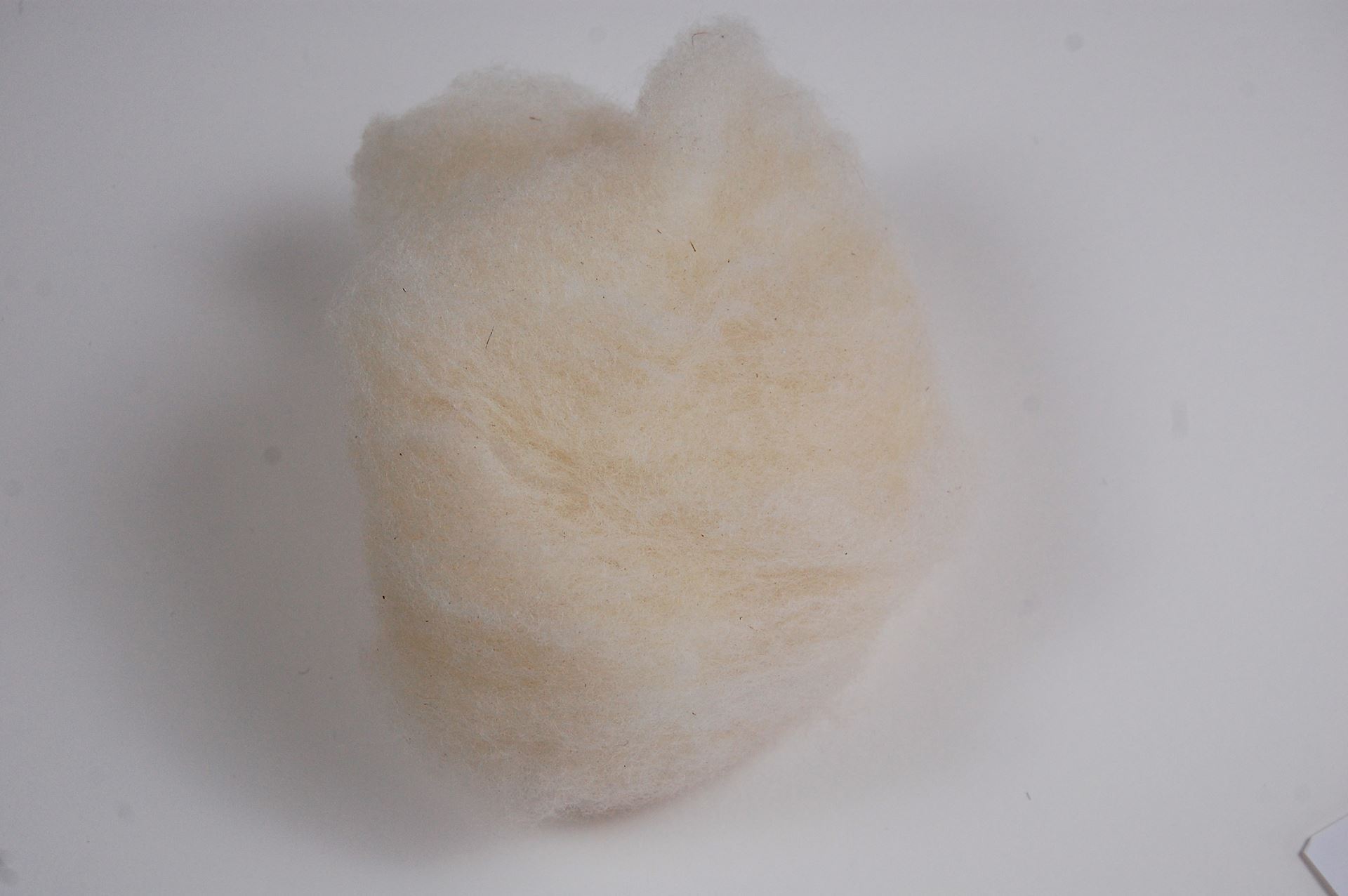
Hemp
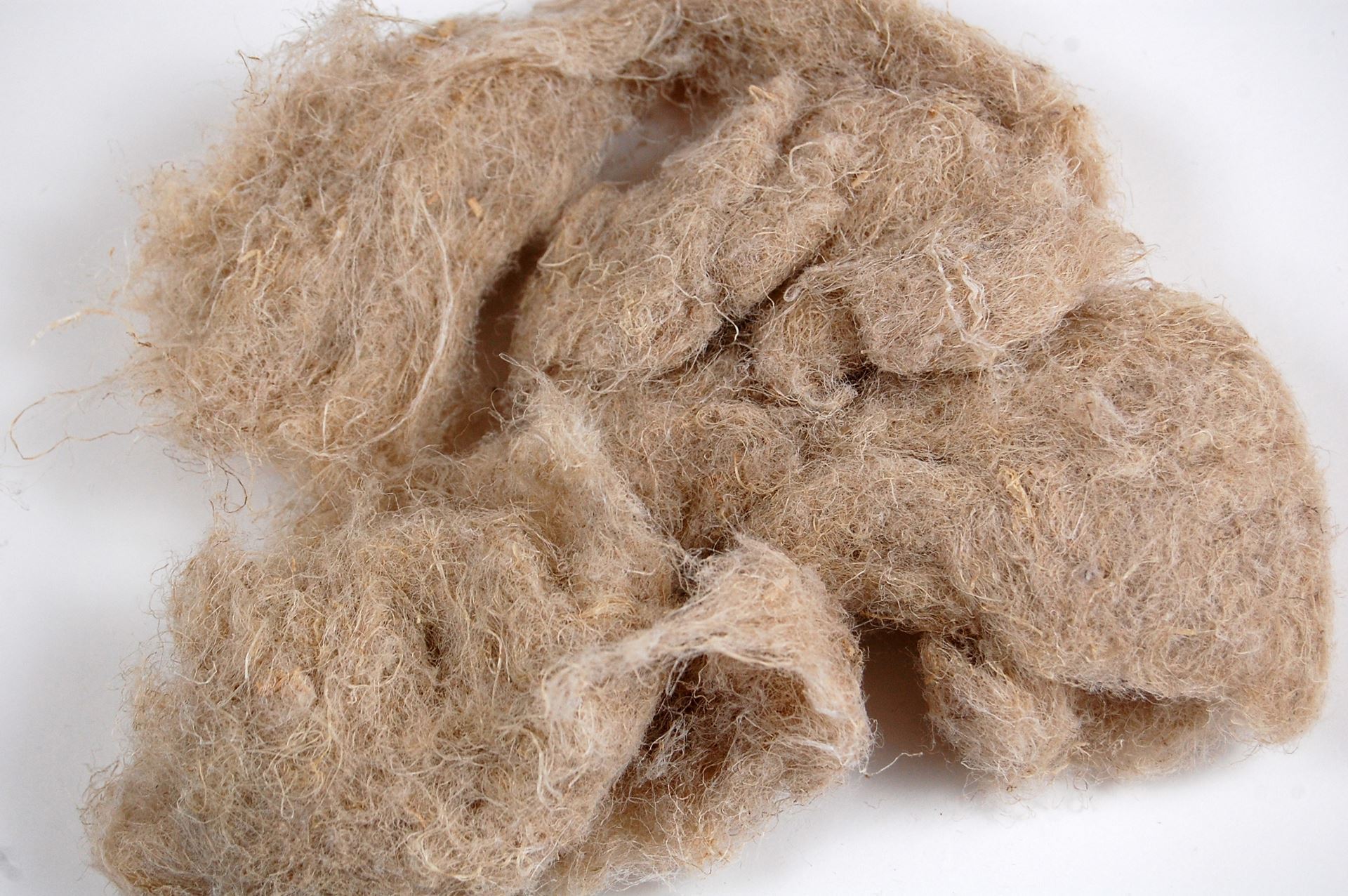
Romney X
